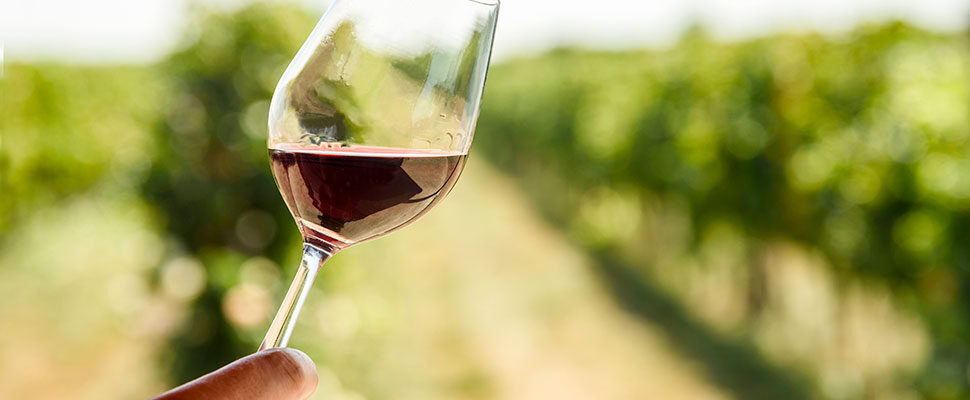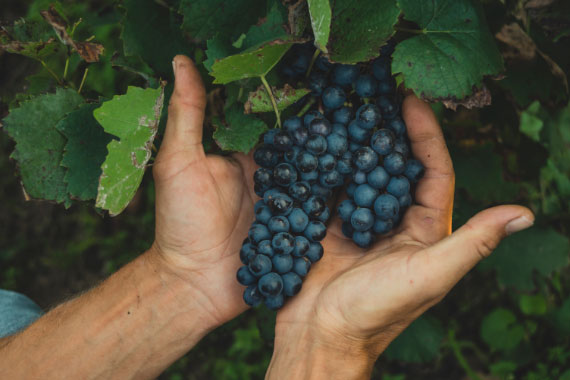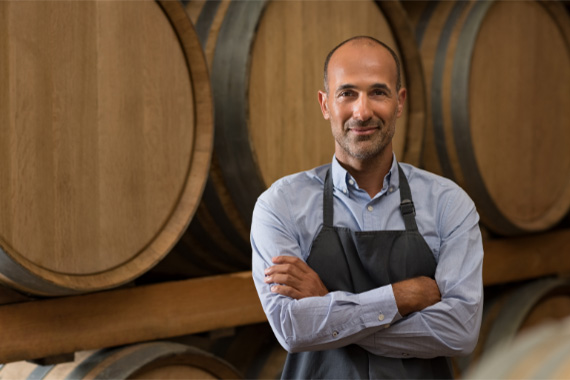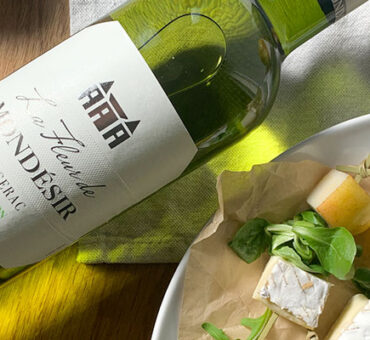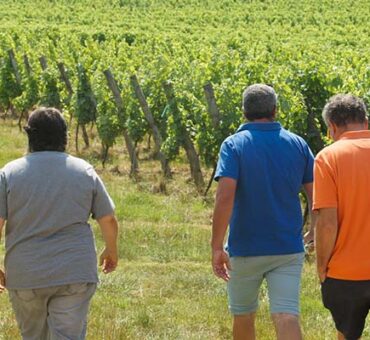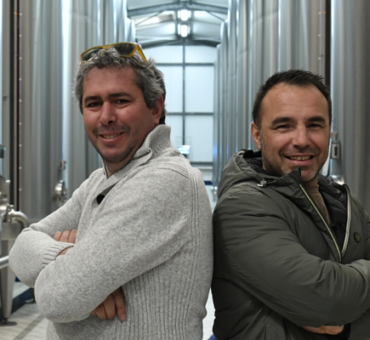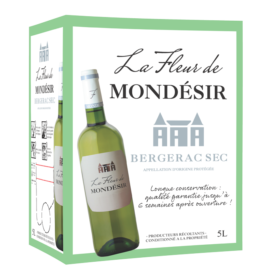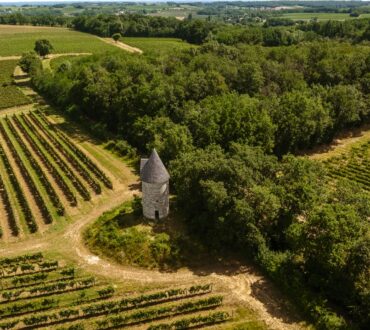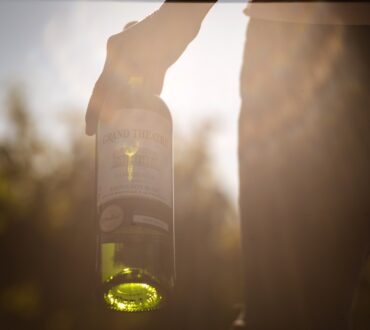The grape variety of a wine
The grape variety is a very used term when we talk about wine. It represents the variety of the vine used to make wine.
Each grape variety (and there are more than 200 in France!) has its own specific aromas, which gives the wine a particular and often recognizable taste.
Here are some examples of grape varieties: Merlot, Cabernet Sauvignon, Pinot Noir or Chardonnay.

The blending of a wine
Blending, or the art of composing a wine, is an essential step in the making of a wine!
This step consists in composing a wine from several grape varieties.
The art of blending lies in this judicious mixture in order to marry the aromas, colors and textures in the best possible way so that the wine is even better.

Tannins: What role do they play in a wine?
Tannins, an essential to know in the vocabulary of wine!
Tannins are attributes of red wines. They are present in the seeds, the skin or the stem (also called the stalk) of the grape.
Tannins play several roles, notably on :
- The structure but also the balance of the wine by bringing body and consistency in the mouth
- The stabilization of the color of the wine
- The aging capacity of a wine because tannins protect from oxidation

The deposit, a must in the wine lexicon
There are two types of deposits:
- The classic deposit in red wine, due to the reaction of coloring matters with tannins during the natural evolution of the wine. Most often, they are deposited at the bottom of the bottle.
- The deposit in other wines (white or rosé or even certain red wines) takes the form of crystals. This deposit is the result of the crystallization of tartaric acid naturally present in the wine, which may be due to the aging of the wine or to a drop in temperature. This deposit has no impact on the taste and the aromas of the wine!
The deposit occurs as well for red wines as for white wines, young or old. It is a natural phenomenon that is simply the proof of the passing of time and the life of the wine!

The astringency of a wine, or its bitterness in the mouth
Astringency is a term to qualify wine, which we find only for red wine. This notion is used to indicate the sensation of roughness and dryness that the wine can cause in the mouth.
Beware, this is not a synonym of a bad wine!
Astringency depends on the balance of the wine between the alcohol level, the tannins and the acidity level of the wine. The grape varieties, the terroir and the winemaking methods are also to be taken into account.
The sulphites in a wine
Sulphites are indicated in a wine with the words “contains sulphites” on the bottle. But what does this mean?
Sulphites occur naturally in wine during the fermentation of sugar and some winemakers add them to make the wine last longer.
Sulphites play a role of preservatives on the wine: they keep the wine safe from oxidation, but also from microorganisms that could develop in the wine.
A common misconception about sulfites is that they give you a headache.
Well, this is hardly true! A very large quantity of sulfites can cause headaches, but a bottle of wine does not contain enough to be the primary cause.
It is not the quantity of sulfites, but the quantity of wine consumed that causes headaches!
The "larmes" and the "robe" of a wine
The “larmes” of a wine are not an overflow of emotions, but the drops of wine that go down in the glass when we shake it.
They are thicker or thinner and flow more or less quickly, which indicates the sugar and alcohol concentration of the wine.
For example, the longer it takes for a drop to fall, the more “fatty” the wine is and therefore the higher the alcohol concentration is.
The “robe” designates the color and the visual aspect of a wine. It is one of the first terms in the vocabulary of wine used when tasting a wine because it is seen before tasting!
The more concentrated wines generally have a darker color.

Now that the lexical field of wine has no more secrets for you, come and discover our wines and use this vocabulary to impress your guests!

